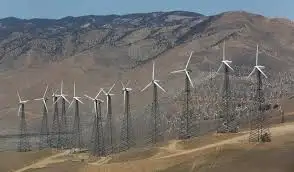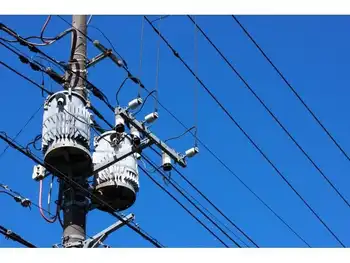3 Strong Energy Investments to Make Right Now
By Digital Jounal
Arc Flash Training CSA Z462 - Electrical Safety Essentials
Our customized live online or in‑person group training can be delivered to your staff at your location.

- Live Online
- 6 hours Instructor-led
- Group Training Available
1. Electricity through a power utility that produces electricity for over 1,000,000 customers that does not rely in a major way on coal for their energy source and is well managed with a good earnings track record
2. Oil through oil companies with good management and a track record as well as oil services companies with a global presence
3. Natural gas through strong companies focused on new technology in extracting natural gas from shale rock formations.
Based on over two years of research Power Plug-In offers compelling global solutions for energy investors by taking a broad look at all energy sources and then providing a detailed analysis of investment strategies both long and short term in each.
Three strong energy investments right now, according to energy investment strategist and author, Gordon Ettie are in: coal, through global coal suppliers to India or China oil through oil companies with good management and a track records as well as oil services companies with a global presence and natural gas through strong companies focused on new technology in extracting natural gas from shale rock formations.
“While there are many investment opportunities, both short and long term in the energy field, I feel that these three showcase the kind of thinking and research successful energy investors need to do in order to minimize their risk and maximize their returns” explains Ettie.
Based on over two years of research Power Plug-In offers compelling global solutions for energy investors by taking a broad look at all energy sources and then providing a detailed analysis of investment strategies both long and short term in each. Some of the recommendations which emerged are:
Electricity
Electricity through a power utility that produces electricity for over 1,000,000 customers that does not rely in a major way on coal for their energy source and is well managed with a good earnings track record. Although you should always keep informed an investment in an electrical utility is for the long term. In the future in the developed countries there will be less demand for electricity due to more efficient use but there will be cost reductions so profitability should improve for an electrical utility. However in the developing countries demand for electricity will increase and technology for generating electricity will improve which should result in improving profits.
Oil
A good investment opportunity for long term is in oil. Investment could be in a major global company with good management and a good track record. Also an investment in a good oil services company with a global presence may be worthwhile. There also might be more investment in this fuel area in the United States.
Natural Gas
The application of new technology has unlocked a vast reserve of natural gas in shale rock formations. A good investment would be in a strong company that is focused on this area.
“My purpose in writing Power Plug-In: Global Investments for Our Energy Future was to offer my own personal experience and success with strong investment analysis backed up by solid research in the many energy sources, both national and global, from coal to wind and just about everything in between and then explores the investment potential of each one,” explains Ettie. “While there are many investment guides and energy textbooks in the marketplace, Power Plug-In is the first one-source information and investment guide for both individual and organizational investors.”











